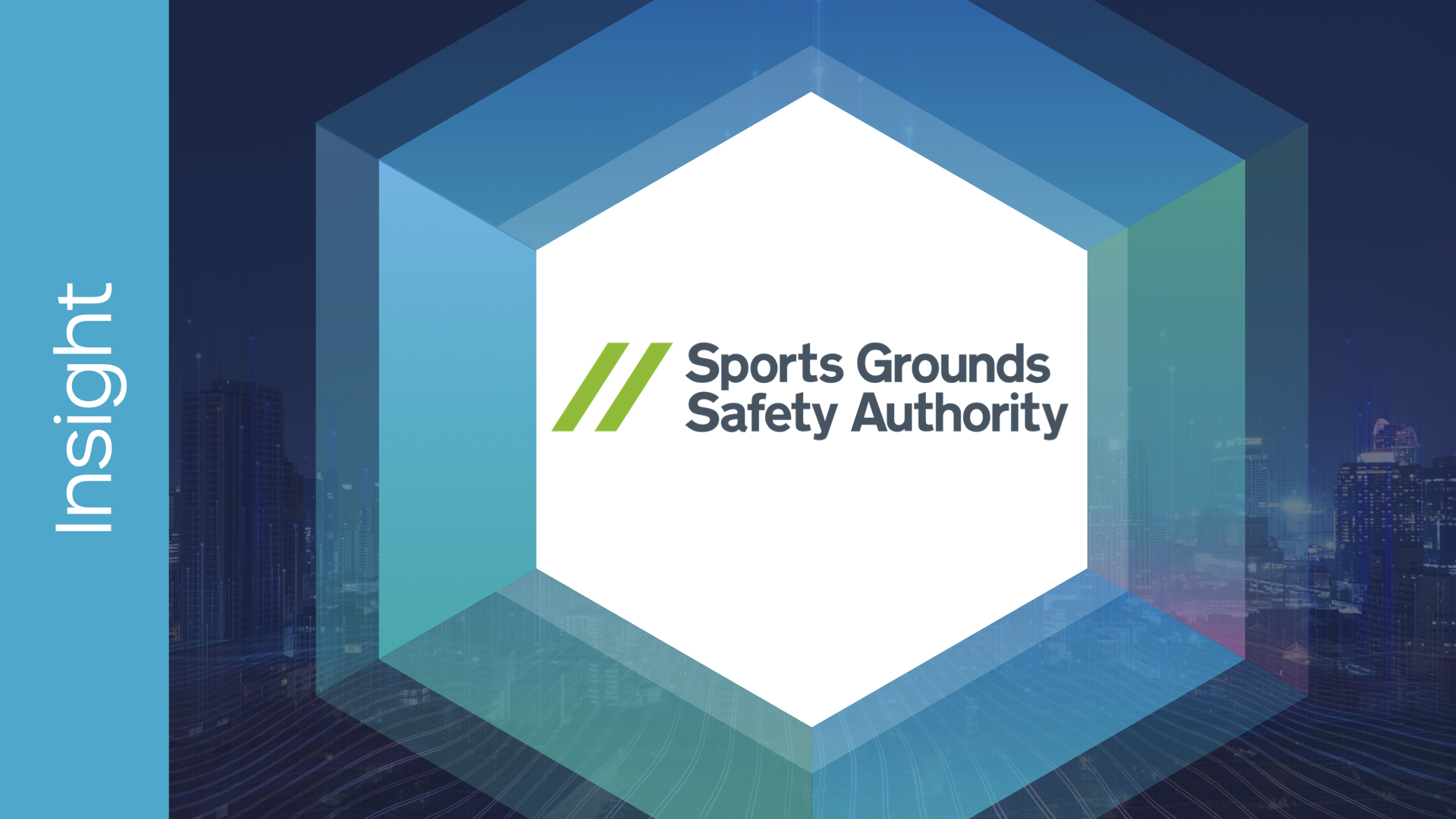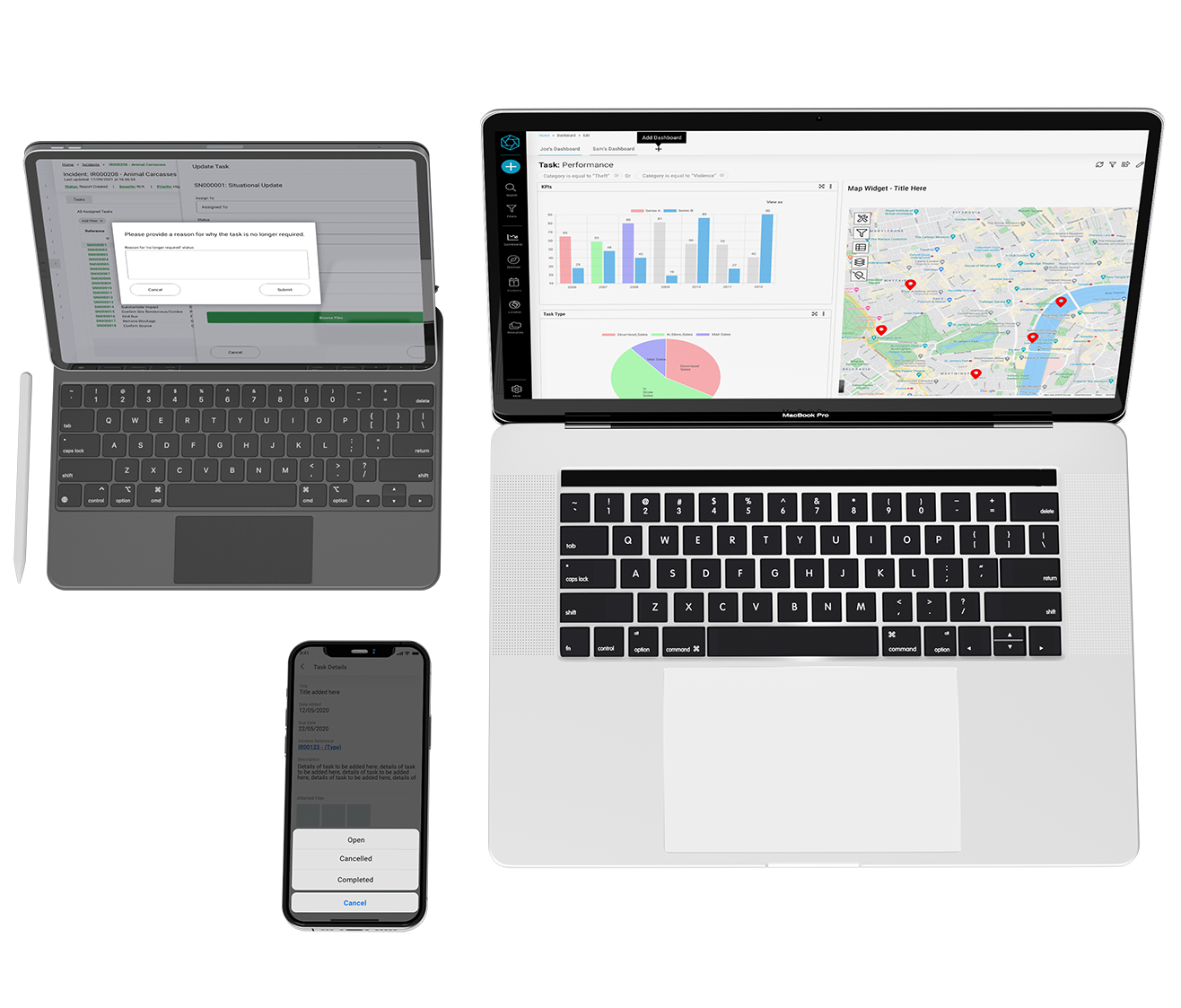Creating an Emergency Operating Procedure (EOP) for a domestic threat or terrorist emergency involves planning and preparation to respond effectively to various scenarios, including active shooters, bomb threats, or chemical attacks. This type of EOP is crucial for ensuring safety and minimising risks to individuals within a specific location, such as an office building, school, or public venue. Below is a general outline of what such an EOP might entail. This template should be adapted to the specific context and needs of the location, incorporating local laws, regulations, and emergency services capabilities.
Emergency Operating Procedure (EOP) for Domestic Threat or Terrorist Emergency
Purpose
To establish a coordinated and efficient response to any domestic threat or terrorist-related emergency within the premises, aimed at protecting lives, minimising injuries, and securing property.
Scope
This EOP applies to all individuals present at [Location], including employees, visitors, contractors, and any other persons.
Definitions
- Domestic Threat or Terrorist Emergency: Any act or threat of violence, including but not limited to bombings, shootings, or chemical attacks, intended to instill fear or cause harm.
- Lockdown: A procedure used when there is an immediate threat to the premises. Individuals are instructed to stay secured in rooms, away from windows, and silent.
- Shelter-in-Place: A procedure used during a chemical or biological threat, where individuals are kept inside a building with doors and windows closed to minimize exposure.
- Evacuation: The organized removal of individuals from the premises to a safer location.
Procedure
- Identification of Threat
- Any individual who notices suspicious activity or receives information about a potential threat should immediately alert [Designated Security Office/Emergency Number] and provide detailed information.
- Immediate Actions
- Lockdown: Initiate a lockdown if the threat involves an active shooter or intruder. Secure all doors, turn off lights, and stay away from windows. Remain quiet and do not open doors until an official "all clear" is given by authorities.
- Shelter-in-Place: If the threat involves a chemical, biological, or radiological agent, instruct individuals to shelter-in-place. Close and seal all windows and doors. Turn off HVAC systems to prevent external air from entering.
- Evacuation: Evacuate the premises if the threat is outside or if instructed by emergency responders. Use designated evacuation routes and assembly points.
- Communication
- Provide regular updates to all occupants using available communication systems (PA system, text alerts, emails) without jeopardizing safety.
- Inform local law enforcement and emergency services immediately about the threat and follow their instructions.
- Designate a spokesperson to handle external communications, including with the media, to ensure accurate and consistent information is released.
- Assistance to Emergency Responders
- Assign staff members to assist emergency responders by providing information about the premises, including layout, access points, and any known information about the threat.
- Post-Emergency Actions
- Conduct a headcount to account for all individuals.
- Provide first aid and medical assistance to any injured persons until emergency medical services arrive.
- Secure and preserve the scene for investigation by law enforcement, ensuring that evidence is not disturbed.
- Recovery and Debrief
- Organize debriefing sessions for all affected individuals to discuss the incident, address concerns, and provide psychological support.
- Review and revise the EOP based on lessons learned and feedback from participants and emergency responders.
Training and Drills
- Conduct regular training sessions for all staff and occupants on emergency procedures, including lockdown, shelter-in-place, and evacuation.
- Perform drills periodically to ensure everyone is familiar with emergency procedures and to identify areas for improvement.
Equipment and Resources
- Ensure that emergency supplies, including first aid kits, communication devices, and protective equipment, are readily available and well-maintained.
- Install and maintain security systems, including surveillance cameras and access control systems, to enhance the safety and security of the premises.
Conclusion
This EOP is designed to provide a structured response to any domestic threat or terrorist emergency, emphasizing the importance of preparation, communication, and coordination. Regular updates, training, and drills are essential to ensure the effectiveness of the procedure and the safety of all individuals involved.
This template offers a foundational structure for developing a specific EOP tailored to the unique aspects and needs of a given location. Collaboration with local law enforcement and emergency services is crucial for ensuring comprehensive planning and response capabilities.
Iconic & tall buildings
Real estate portfolios
Venues & events
Studios & entertainment
Retail stores & supply chain
Critical national infrastructure
Security & FM service providers
Emergency responders







 +44 (0)1604 598989
+44 (0)1604 598989